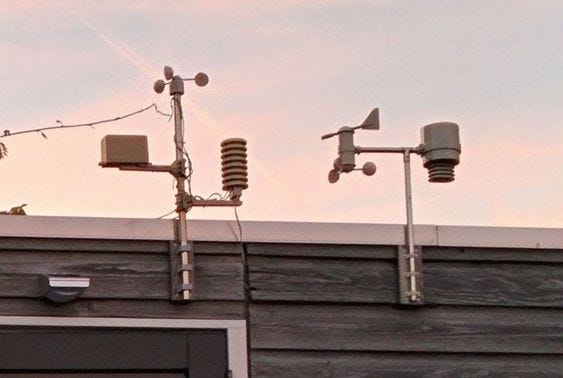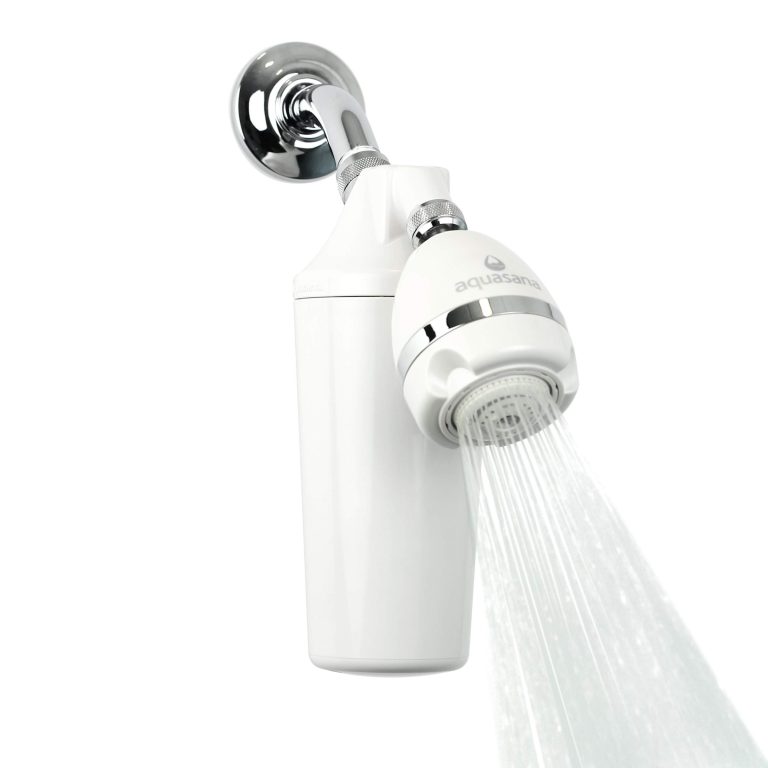9 Best Weather Stations for Accurate and Reliable Weather Updates
Ever wondered how to get the most accurate weather updates right from your backyard? Investing in a reliable weather station can transform your understanding of local weather patterns. Whether you’re a gardening enthusiast, a weather hobbyist, or just someone who likes to stay prepared, a personal weather station offers precise and real-time data.
Analyzing Features of the 9 Best Weather Stations
When choosing the best weather station, certain features stand out, making them more valuable and functional for different users.
Essential Features to Consider
- Accuracy: Accurate sensors ensure reliable data. Look for stations with a high degree of precision in temperature, humidity, and barometric pressure measurements.
- Ease of Installation: Simple setup processes make the station user-friendly. Opt for models with straightforward instructions and minimal assembly required.
- Connectivity: Wi-Fi or Bluetooth connectivity enables seamless data transmission to your devices. This feature is crucial for remote monitoring and data logging.
- Durability: Weather stations should withstand harsh conditions. Choose models made with weather-resistant materials for longevity.
- Display: Clear, easy-to-read displays help you quickly understand the readings. Backlit screens can be beneficial for viewing in low-light conditions.
- UV and Solar Radiation Sensors: These sensors provide insights into UV levels and solar radiation, useful for gardeners and those monitoring skin exposure.
- Wind Speed and Direction: Anemometers and wind vanes give detailed wind data. This is vital for hobbyists like sailors and kite surfers.
- Rain Gauge: Accurate rain measurement is essential for water management and agriculture. Look for self-emptying gauges for convenience.
- Integration with Smart Home Devices: Compatibility with smart home systems allows automation based on weather conditions, adding an extra layer of convenience.
- Historical Data Access: Accessing past weather data helps you analyze trends and patterns over time, aiding in advanced weather prediction and data analysis.
By focusing on these features, you’ll find a weather station that meets your specific needs, whether you’re a casual user or a dedicated weather enthusiast.
Review of the 3 Best Basic Weather Stations
Here’s a closer look at some of the best basic weather stations available today. They offer a range of features suitable for different user needs.
Model A: Cost-Effective and User-Friendly
This model is perfect for budget-conscious users. It provides accurate temperature and humidity readings without breaking the bank. Installation is a breeze with the straightforward user manual. The display is clear and easy to read, making it a good choice for those who want reliable data without the complexities.
Model B: Compact Design with Essential Features
If space is a concern, this compact weather station is ideal. Despite its small size, it offers vital features like real-time weather updates, indoor/outdoor temperature readings, and a barometric pressure sensor. It’s great for anyone who needs essential weather data in a limited space. The installation is simple, and the device requires minimal maintenance.
Model C: Best for Beginners with Easy Setup
Perfect for beginners, this weather station is known for its intuitive setup process. You’ll find all the fundamental features like wind speed, rainfall data, and temperature sensors. The step-by-step instructions ensure you can get it up and running quickly. It’s an excellent option for novices who want to start monitoring the weather without any hassle.
Review of the 3 Best Advanced Weather Stations
In this section, you’ll find the top advanced weather stations featuring the latest technology for precision, connectivity, and data analysis.
Model D: High Accuracy and Connectivity
Model D stands out for its unparalleled accuracy and robust connectivity features. Its sensors provide precise measurements for temperature, humidity, wind speed, and rainfall. The station supports Wi-Fi and Bluetooth, allowing real-time updates to your smartphone or computer. Users appreciate the integration with popular weather services to ensure you always have the most up-to-date information.
Model E: Robust Integration with Smart Home Devices
Model E excels in smart home integration, making it perfect for tech-savvy users. This weather station seamlessly connects with devices like Amazon Alexa, Google Home, and Apple HomeKit. With voice commands, you can get instant weather updates or trigger home automation routines based on current conditions. The durable design and extensive battery life make it a reliable choice for modern homes.
Model F: Comprehensive Data Analysis Tools
Model F is ideal for those who love diving deep into weather data. It offers a suite of advanced analytics tools, allowing you to track long-term trends and predict weather patterns. The accompanying software includes customizable dashboards where you can view graphs, charts, and detailed reports. With the ability to export data in various formats, Model F is a top choice for professional meteorologists and dedicated hobbyists.
Review of the 3 Best Professional Weather Stations
For those who require the highest level of accuracy and a suite of advanced features, professional weather stations are the go-to solution. Here are three top-rated professional weather stations that stand out.
Model G: Superior Accuracy and Durability
Model G shines with its impeccable sensor accuracy and robust build. Designed to endure harsh weather conditions, it ensures longevity and consistent performance. You’ll find sensors measuring temperature, humidity, wind speed, and rainfall with precision. The data updates in real-time, providing you with the most current weather conditions. It’s perfect for professionals who need reliable data, even in extreme environments.
Model H: Extensive Range and Customization
Model H offers an impressive range of customizable features. This station’s extensive range includes additional sensors for soil moisture, UV radiation, and air quality, catering to agricultural professionals and researchers. You can customize the dashboard to display the data most relevant to you. With advanced data logging and analysis tools, Model H is your ideal choice for detailed, tailored weather monitoring.
Model I: Elite Features for Meteorologists
Model I is packed with elite features favored by meteorologists. It includes specialized sensors and satellite connectivity for comprehensive weather data collection. You’ll appreciate its advanced forecasting models and enhanced data visualization tools. The integration with professional software allows for precise long-term weather pattern analysis. Model I stands out as the ultimate tool for serious meteorological studies.
Additional Considerations When Buying a Weather Station
When choosing a weather station, you’ll want to think about several additional factors to ensure you get the best performance and reliability.
Installation Tips
Select a Proper Location: Place sensors in a location with minimal obstructions to ensure accurate readings. Avoid placing them near heat sources or reflective surfaces.
Check Mounting Options: Ensure your weather station includes versatile mounting options such as poles or brackets. Secure installation is crucial for stable data.
Follow Manufacturer Instructions: Read the setup manual carefully. Proper installation can prevent sensor damage and improve longevity.
Maintenance and Care for Long-Term Accuracy
Regularly Calibrate Sensors: Periodically check and calibrate sensors to maintain accuracy. Follow the manufacturer’s calibration guidelines.
Clean Sensors Routinely: Dust and debris can affect sensor accuracy. Clean sensors every few months using a soft cloth and mild cleaning solution.
Update Firmware: Keep your weather station’s firmware updated to benefit from the latest features and improvements. Manufacturers often release updates to enhance functionality.
Conclusion
Choosing the right weather station can greatly enhance your ability to monitor and predict weather conditions accurately. Whether you’re looking for a basic model or an advanced system, it’s essential to consider factors like sensor accuracy, installation ease, and connectivity options. Proper installation and regular maintenance are key to ensuring your weather station provides reliable data over the long term. By following manufacturer guidelines for calibration and care, you’ll maximize the efficiency and lifespan of your device. Investing in a quality weather station is a smart move for anyone serious about weather tracking and forecasting.






